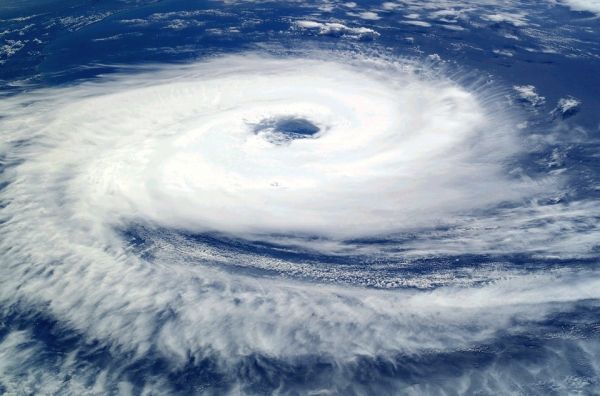Increasing global warming from currently one to two degrees Celsius by mid-century might lead to about 25 percent more people put at risk by tropical cyclones, a new study finds. Already today, hurricanes and typhoons are among the most destructive natural disasters worldwide and potentially threaten about 150 million people each year. Adding to climate change, population growth further drives tropical cyclone exposure, especially in coastal areas of East African countries and the United States. Considering the joint impact of climate change and population growth provides an untapped potential to protect a changing world population.
"If we add population growth to two degree Celsius global warming, in 2050 we could even see an increase of ca. 40 percent more people exposed to cyclones," says Tobias Geiger, researcher at the Potsdam Institute for Climate Impact Research (PIK) and the Deutscher Wetterdienst (DWD), lead author of the new study published in Nature Climate Change. "As the global population is projected to peak around mid-century, more people will face more intense cyclones, due to climate change – putting that higher population at greater risk."
The global ambition is to limit warming to well below two degrees, yet compared to unmitigated climate change even reaching two degree Celsius of global warming 50 years later could lead to a quite different outcome, as an interdisciplinary team of scientists from Germany, Switzerland and the US found in a computer-based analysis: Until 2100, population models project an unforced, regular declining population in cyclone prone areas on a global scale. This would partially compensate for the additional exposure caused by warming as Geiger underlines: "If we rapidly reduce greenhouse gas emissions and reach two degree Celsius of global warming only in 2100, this would limit the increase of people in danger of cyclones to 20 percent. This finding is key as it shows that reducing global warming potentially postpones severe tropical cyclone impacts to the late second half of the century, when there would be far fewer people at risk."
Read more at Potsdam Institute for Climate Impact Research (PIK)
Photo Credit: WikiImages via Pixabay


